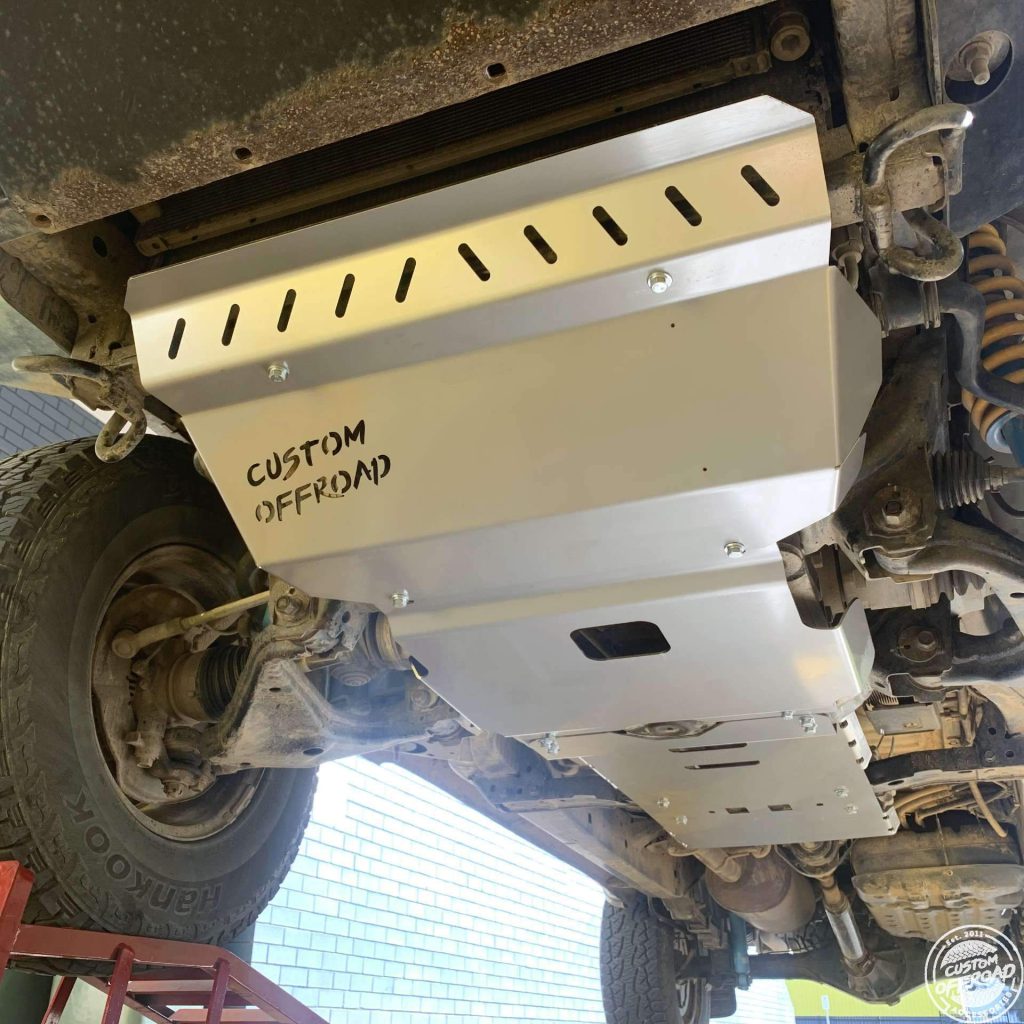If your car has been feeling sluggish, using more fuel than usual, or just not performing as it should, then a dirty intake manifold might be the culprit. Cleaning your intake manifold isn’t just good car maintenance – it’s a simple step that can save you money, improve performance, and even reduce emissions. Measuring the performance on our Dyno, often shows a massive reduction of Horsepower output when an inlet manifold is extremely dirty! But what exactly does it do, and why does cleaning it matter? Let’s break it down.
Key Summary
- The intake manifold directs air to your engine, which is crucial for combustion.
- Over time, dirt, carbon, and oil residue can build up, affecting performance.
- Cleaning improves engine performance and fuel efficiency and reduces harmful emissions.
- Symptoms of a dirty intake manifold include rough idling, poor fuel economy, and loss of power.
- Regular cleaning (every 50,000 to 75,000 km) can save you costly repairs; an extremely dirty/ clogged inlet manifold can lead to serious engine damage.
What is the Intake Manifold, and What Does It Do?
The intake manifold is critical to your engine’s air intake system. Its job is to deliver the right amount of air to each cylinder for combustion. Think of it as the engine’s lungs – if the air isn’t flowing correctly, it struggles to perform.
However, as fuel burns and your engine runs, deposits of carbon, oil residue, and dirt can build up inside the manifold. Over time, this can choke the airflow and disrupt the engine’s performance.
Why Cleaning Your Intake Manifold Matters
A dirty intake manifold affects airflow and can cause problems throughout your engine. When your manifold can’t deliver clean, steady airflow, your engine works harder to compensate. This leads to higher fuel consumption, reduced power, and potentially more serious mechanical issues.
Signs Your Intake Manifold Needs Cleaning
Here are some common symptoms to watch for:
- Rough idling: Your car feels shaky or uneven when idling.
- Loss of power: Acceleration feels sluggish, especially at higher speeds.
- Poor fuel economy: You’re spending more at the pump than usual.
- Increased emissions: A dirty manifold can cause higher pollutant output.
- Engine warning light: Build-up can sometimes trigger the check engine light.
If you’re noticing any of these signs, it might be time for a cleaning.
Top Benefits of a Clean Intake Manifold
1. Improved Engine Performance
A clean intake manifold allows air to flow freely into the engine, ensuring optimal combustion. This leads to smoother operation, quicker acceleration, and better overall performance.
2. Better Fuel Efficiency
When your engine doesn’t have to struggle with restricted airflow, it burns fuel more efficiently. That means fewer trips to the petrol station and more savings for you.
3. Reduced Emissions
A cleaner intake manifold means cleaner combustion, reducing the harmful gases your car releases into the air. It’s a win for your car and the environment.
4. Lower Repair Costs
Neglecting your intake manifold can lead to more significant problems like clogged EGR valves or damaged catalytic converters. Cleaning it regularly can help avoid these costly repairs.
When and How Often Should You Clean It?
As a general rule, your intake manifold should be inspected and cleaned every 50,000 to 75,000 km, or sooner if you notice performance issues. Cars that frequently drive in dusty environments or use lower-quality fuels may need cleaning more often.
Professional vs DIY Cleaning: What’s Right for You?
While some car enthusiasts prefer to clean their intake manifolds themselves, the job is not always straightforward. It often involves removing the manifold, using specialised cleaning solutions, and carefully reassembling everything. Especially as it requires removing the manifold, is extreme care isn’t taken, contaminants can enter the top of the engine during this stage which could result in engine failure; which is again why we recommend only having a professional perform this job.
For most regular vehicle owners, leaving the job to a professional mechanic is best. They’ll have the tools and expertise to do the job safely and effectively, ensuring your car is back to peak performance quickly.
FAQ
1. How much does it cost to clean an intake manifold?
Prices vary depending on the make and model of your car, it also depends on if your vehicle would benefit from an “on car” or “off car” manifold clean. An on-car clean is where the manifold is left on and a highly specialised machine is connected to flush the inlet out. An off-car clean is where the manifold is completely removed from your car and manually cleaned. For exact pricing, give us a call and we’ll give you an accurate estimate.
2. Can a dirty intake manifold damage my engine?
Yes, if left uncleaned for too long, it can lead to more severe problems, such as clogged injectors or engine misfires. In the most extreme cases, a dirty manifold can irreplaceably damage your engine.
3. Is there a way to prevent build-up in the intake manifold?
Using high-quality fuel, have your vehicle serviced regularly and we also recommend having a Catch Can fitted, as this helps prevent extra carbon making its way back into the manifold.
Conclusion
Cleaning your intake manifold is one of those small but essential steps to keep your car running smoothly. It boosts performance, saves on fuel, and prevents costly repairs down the road. Whether you’re maintaining a family sedan or your trusty work vehicle, this simple task can make a world of difference.
This guide is written by BB Garage, a team of automotive experts specialising in car maintenance tips and services.
If your car has been feeling sluggish, using more fuel than usual, or just not performing as it used to a dirty intake manifold might be the culprit. Cleaning your intake manifold isn’t just good car maintenance – it’s a simple step that can save you money, improve performance, and even reduce emissions. But what exactly does it do, and why does cleaning it matter? Let’s break it down.
Key Summary
- The intake manifold directs air to your engine, which is crucial for combustion.
- Over time, dirt, carbon, and oil residue can build up, affecting performance.
- Cleaning improves engine performance and fuel efficiency and reduces harmful emissions.
- Symptoms of a dirty intake manifold include rough idling, poor fuel economy, and loss of power.
- Regular cleaning (every 50,000 to 75,000 km) can save you costly repairs.
What is the Intake Manifold, and What Does It Do?
The intake manifold is critical to your engine’s air intake system. Its job is to deliver the right amount of air to each cylinder for combustion. Think of it as the engine’s lungs – if the air isn’t flowing correctly, it struggles to perform.
However, as fuel burns and your engine runs, deposits of carbon, oil residue, and dirt can build up inside the manifold. Over time, this can choke the airflow and disrupt the engine’s performance.
Why Cleaning Your Intake Manifold Matters
A dirty intake manifold affects airflow and can cause problems throughout your engine. When your manifold can’t deliver clean, steady airflow, your engine works harder to compensate. This leads to higher fuel consumption, reduced power, and potentially more serious mechanical issues.
Signs Your Intake Manifold Needs Cleaning
Here are some common symptoms to watch for:
- Rough idling: Your car feels shaky or uneven when idling.
- Loss of power: Acceleration feels sluggish, especially at higher speeds.
- Poor fuel economy: You’re spending more at the pump than usual.
- Increased emissions: A dirty manifold can cause higher pollutant output.
- Engine warning light: Build-up can sometimes trigger the check engine light.
If you’re noticing any of these signs, it might be time for a cleaning.
Top Benefits of a Clean Intake Manifold
1. Improved Engine Performance
A clean intake manifold allows air to flow freely into the engine, ensuring optimal combustion. This leads to smoother operation, quicker acceleration, and better overall performance.
2. Better Fuel Efficiency
When your engine doesn’t have to struggle with restricted airflow, it burns fuel more efficiently. That means fewer trips to the petrol station and more savings for you.
3. Reduced Emissions
A cleaner intake manifold means cleaner combustion, reducing the harmful gases your car releases into the air. It’s a win for your car and the environment.
4. Lower Repair Costs
Neglecting your intake manifold can lead to more significant problems like clogged EGR valves or damaged catalytic converters. Cleaning it regularly can help avoid these costly repairs.
When and How Often Should You Clean It?
As a general rule, your intake manifold should be inspected and cleaned every 50,000 to 75,000 km, or sooner if you notice performance issues. Cars that frequently drive in dusty environments or use lower-quality fuels may need cleaning more often.
Professional vs DIY Cleaning: What’s Right for You?
While some car enthusiasts prefer to clean their intake manifolds themselves, the job is not always straightforward. It often involves removing the manifold, using specialised cleaning solutions, and carefully reassembling everything.
For most regular vehicle owners, leaving the job to a professional mechanic is best. They’ll have the tools and expertise to do the job safely and effectively, ensuring your car is back to peak performance quickly.
FAQs
1. How much does it cost to clean an intake manifold?
Prices vary depending on the make and model of your car, but a professional cleaning costs between $150 and $400.
2. Can a dirty intake manifold damage my engine?
Yes, if left uncleaned for too long, it can lead to more severe problems, such as clogged injectors or engine misfires.
3. Is there a way to prevent build-up in the intake manifold?
Using high-quality fuel, regularly replacing your air filter, and scheduling routine maintenance can all help reduce build-up.
Cleaning your intake manifold is one of those small but essential steps to keep your car running smoothly. It boosts performance, saves on fuel, and prevents costly repairs down the road. Whether you’re maintaining a family sedan or your trusty work vehicle, this simple task can make a world of difference.

